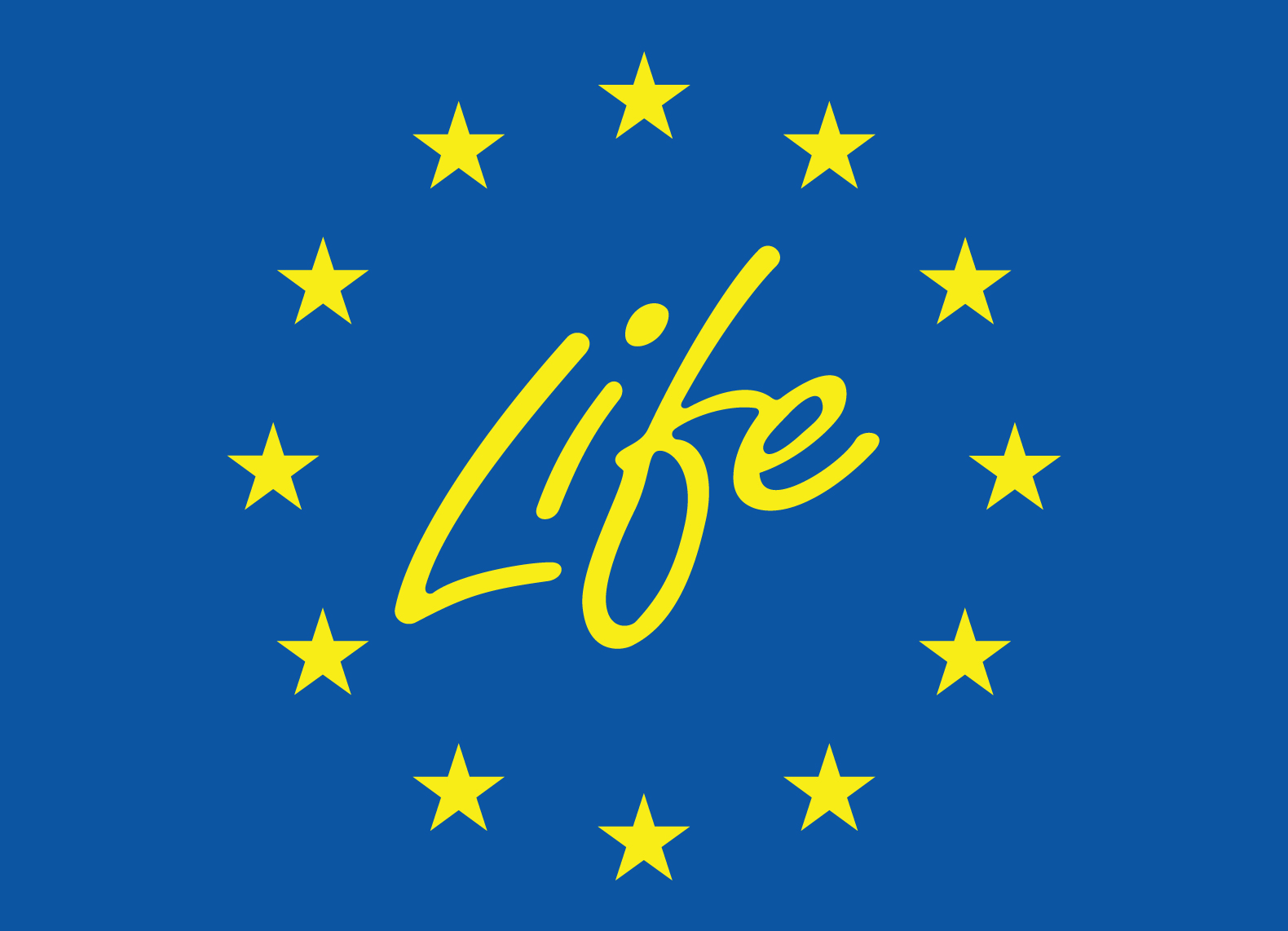Coastal climate change refers to the effects of global climate change specifically in the coastal zone. These effects include:
– Sea level rise: global warming causes thermal expansion of water and melting of glaciers and ice sheets, resulting in sea level rise. This can flood low-lying areas, erode coastlines and contaminate freshwater aquifers with salt water.
– Coastal erosion: rising sea levels and increased frequency and intensity of storms can accelerate erosion of beaches and cliffs, affecting coastal infrastructure and natural habitats.
– Changes in water temperature: rising sea temperatures can affect marine ecosystems, including coral reefs, which are sensitive to temperature changes, and fish stocks, which may migrate to cooler waters, disrupting food chains and the fishing economy.
– Increased extreme weather events: climate change may intensify storms, hurricanes and other extreme events that impact coastal areas, causing destruction of infrastructure, loss of life and displacement of communities.
– Saltwater intrusion: sea level rise and overexploitation of coastal aquifers can cause saltwater to infiltrate underground freshwater supplies, affecting agriculture and drinking water supplies.
– Impacts on biodiversity: changes in climate and water conditions can affect coastal biodiversity, putting at risk marine and terrestrial species that depend on coastal habitats.
– Socio-economic effects: coastal communities may face significant economic losses due to the destruction of infrastructure, reduced tourism, fishing and other economic activities that depend on the stability and health of the coastal environment.
These effects of coastal climate change require rigorous planning and adaptation to mitigate impacts and protect both human communities and the natural ecosystems that inhabit coastal areas. The European COSTAdapta project aims to do this and much more, through the design and testing of a progressive Tidal pool-reef system, which will combine traditional tidal pool construction techniques with advanced solutions.
In addition to strengthening the resilience of coastal areas, LIFE COSTAdapta aims to conserve habitats characteristic of these areas and protect the local tourism economy. The project will ensure economic sustainability by providing solutions to flooding and maintaining the region’s tourist attraction, which in turn will support coastal stability.
With a duration of 7 years and a total budget of EUR 3,409,864 (EUR 2,045,818 subsidised by the European Union through the LIFE Programme), the project is coordinated by the Gran Canaria Island Energy Council (CIEGC) of the Cabildo de Gran Canaria, with the support of 7 partners: University of Las Palmas de Gran Canaria (ULPGC); University of Cantabria (UC); INGECID, Research and Project Development; Raley Estudios Costeros S. C.P.; ECOncrete AQUA; Fundación Canaria para el Reciclaje y Desarrollo Sostenible (FCR) and Fundación Finnova.


